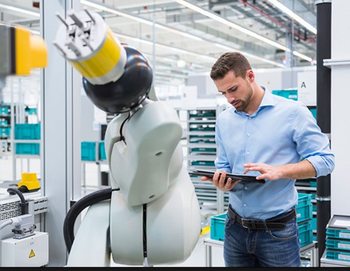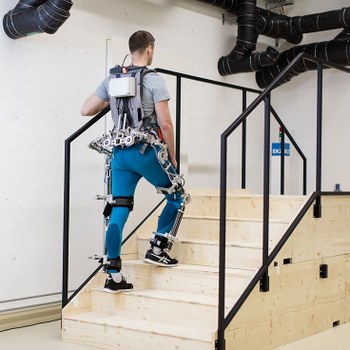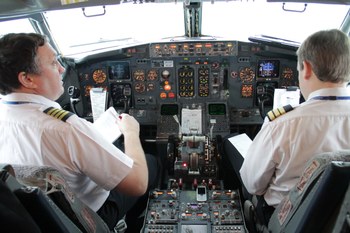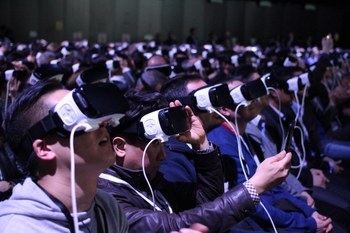Industry 5.0
Industry 5.0 focuses on human centricity and collaboration with smart systems, emphasizing customization, sustainability, and social responsibility. Key elements include human-machine collaboration, personalized products, and eco-friendly practices.

Human and Organizational Factors in Industry 5.0
Industry 5.0 introduces significant psychological implications by integrating advanced technologies with a human-centric approach, enhancing job satisfaction and engagement through more creative and impactful roles. This shift demands continuous skill development and lifelong learning, potentially boosting personal growth and cognitive flexibility, but could also introduce stress. Smarter systems offer greater flexibility in work locations and hours, improving work-life balance, yet might blur the lines between professional and personal life, leading to an 'always-on' culture. While automation reduces physical strain, it may increase psychological challenges like digital overload and reduced human interaction. Additionally, embracing human qualities in production processes promotes a positive workplace culture centered on collaboration and creativity but requires adjustments in corporate culture and management styles.

Human Robot Collaboration
In many production environments safe interaction between humans and robots has been implemented. Dedicated literature provides a valuable lesson about the importance of the human element in new technologies design. Data from various reports highlight that nearly 50–75% of implementations of new technologies have failed in terms of quality, flexibility, and reliability due to neglecting the human factors. In order for effective Human Robot Collaboration to be taken up by industry, beyond safety aspects, organizations need to investigate acceptability and feedback from users in a holistic way and how smart systems are designed to improve the quality of the job performed and to increase flexible production, thus finding a suitable trade-off between safety, comfort and productivity. Organizations need to identify human-related barriers and facilitators for the uptake of smart systems including robot technology in industrial environments such as ergonomics, user experience, comfort, trust, feeling of safety and control over the system, and liability in modern production facilities, taking into account age and gender aspects.

Usability and cognitive effort in Exoskeleton Systems
Measuring users’ trust, cognitive workload and system usability is crucial. Developing a benchmarking framework will allow the development of well-designed exoskeletons which may improve cognitive performance helping the users to shift cognitive resources dedicated to the physical effort to the actual activity.
Moreover, the control of exoskeletons has ranged from manual to fully automatic, and the motions can be triggered in different ways, according to the level of automation. Furthermore, powered exoskeletons can accomplish various tasks, such as climbing stairs, walking, and passing through a mode to another one, for example moving from standing to sitting position. In highly automated systems, with less interaction from the user, there are risks associated with not having the appropriate Mode Awareness. The low ability of the user to track and anticipate system behaviour could be due to the poor design of the exoskeleton’s interface, the lack of appropriate feedback or the indirect mode changes. Addressing the factors that can produce Mode Confusion will grant to develop systems that are safe, trustful and usable.

Leadership and Teamwork Training
Especially in high-risk organizations, there are some operations that need to be performed in groups. Factors important to carry out safety-critical operations or tasks in teams are effective communication, shared situation awareness, monitoring performance, and backing-up team members, among others. Moreover, leadership is a key variable in this equation and the role of the team manager is increasingly affect the overall performance. Our research interests concern both teams and team leaders, studying ways to boost team performance, reducing errors (or learning from it to improve the entire system) and adverse outcomes such as severe injuries. Based on tailored advanced quantitative and qualitative measurements and tools, an in-depth risk assessment could identify the type of interventions required at individual, team and organisational level.

Human Factors and VR/AR
Virtual Reality (VR) and Augmented Reality (AR) can be used to test people's interaction with different technological design concepts. This way, potential end users are able to experience and form an attitude about the different designs before they are really implemented. We can use VR and AR to test user acceptance and other attitudes regarding the technologies experienced through VR and AR.
Moreover, we can use VR and AR to deliver trainings that would be too dangerous in real environments or that would require unavailable resources.